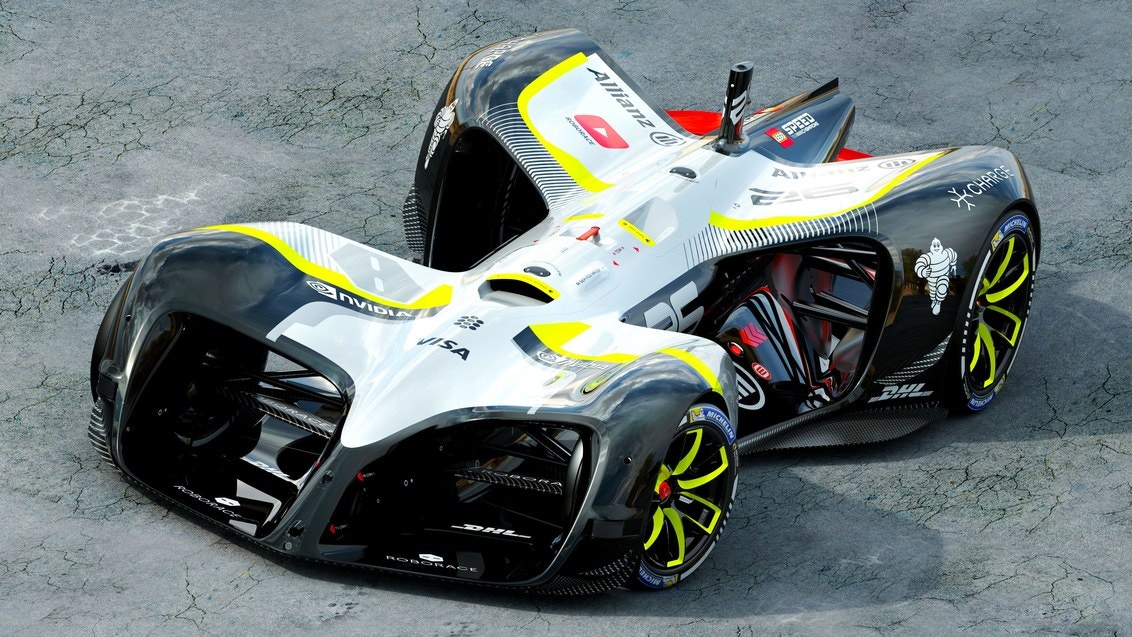
Market studies show that travel range and purchase price are top of mind considerations for prospective electric car buyers. So why are so many journalists, bloggers and the automotive press so enamored with performance metrics and can spend hours comparing acceleration and top speed figures?
Seriously, how many EV owners care if their car can accelerate from 0 to 60 mph in 10 seconds, while the Porsche Taycan in “Launch” mode can do the 0-60 mph sprint in 2.6 seconds?
And how many Tesla drivers can safely handle their car in “Ludicrous” mode that takes them from 0 to 60 mph in just 2.8 seconds, or even faster at 2.4 seconds when equipped with the “Plaid” option?
By the way, did you notice the colorful language used to describe the speed of these vehicles? Mach, Launch, Ludicrous, Plaid, …
When Tesla dominated the EV headlines for a few days with the announcement of the Cybertruck, there it was, again. Here is how Tesla describes the new pickup truck: “The powerful drivetrain and low center of gravity provides extraordinary traction control and torque [which, indeed, are important], enabling acceleration from 0-60 mph in as little as 2.9 seconds.” Again, why does the raw acceleration of a utility vehicle matter?
The Cybertruck seems to be not a utility vehicle for builders and farmers but rather a vehicle that would appeal the most to car buyers that in the past were inclined to buy a General Motors Hummer and drive on city streets as if they were desert dunes. A Quality Planning Corp. study found that drivers of Hummer H2 and H3s received almost five times as many traffic tickets as the national average for all vehicles.
GM is rumored to planning to revive the Hummer brand with a line of electric pickups and SUVs. And Ford recently announced a new line of electric Mustang dubbed the Mach-E.
Sure, there are tamer quality EVs such as the Hyundai Kona Electric, the Nissan Leaf and the Chevy Bolt, but the breathless discussion about Plaid mode Teslas and Mach-E Mustangs make the more affordable vehicles more like the Yugo of the EV generation.
Are carmakers abandoning the idea of building green and economical electric vehicles for the masses and opt for high-margin luxury cars? Does the trend towards boutique vehicles indicate disillusionment about the market potential of mainstream EVs, especially as tax incentives are drawing to an end?
But then again, there is always the lucrative China market where the demand for luxury cars continues to grow at a good clip.
PS. If you are still interested in comparing performance metrics, you can check out this comparison of 0-60 acceleration of electric vehicles.
